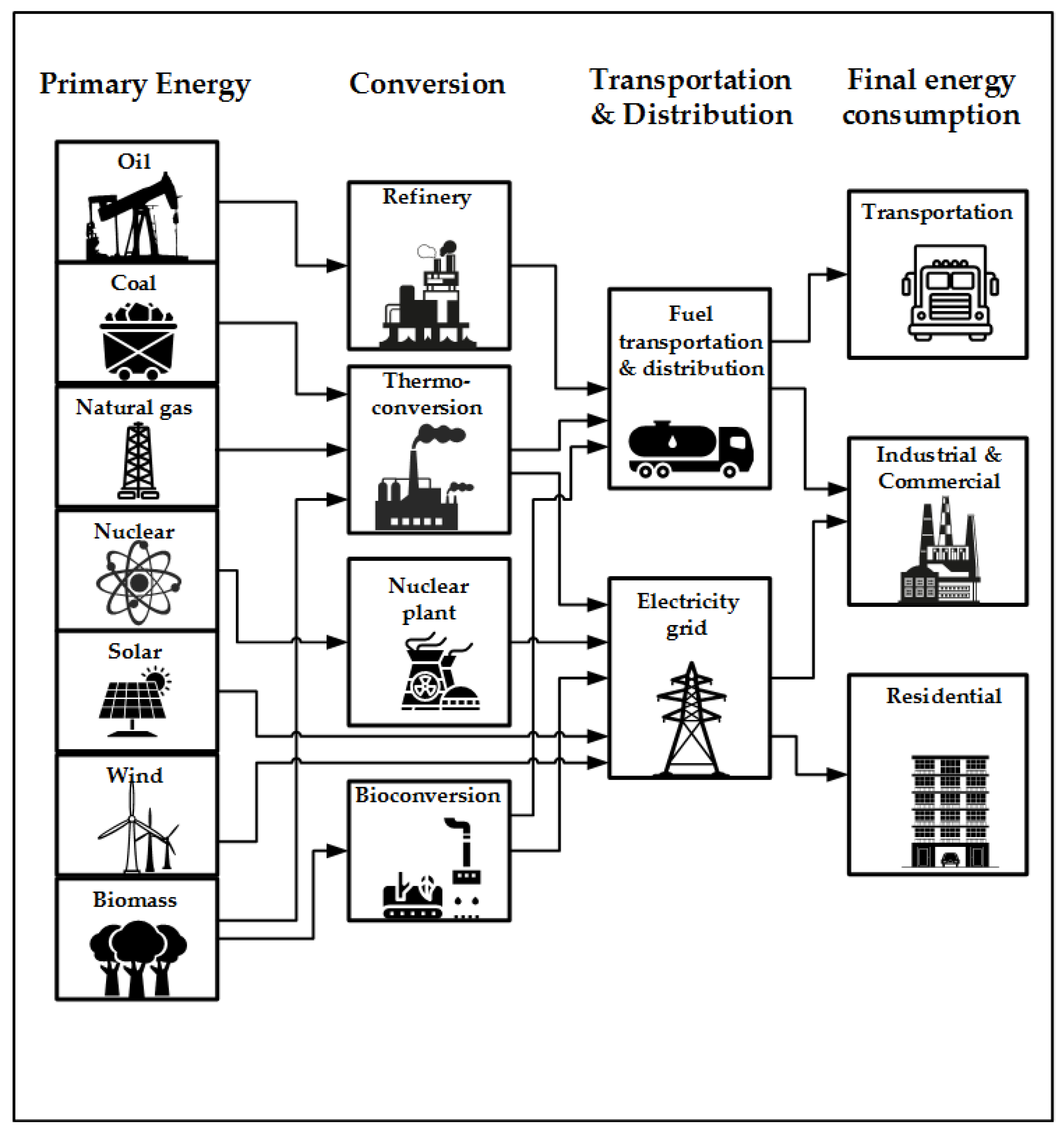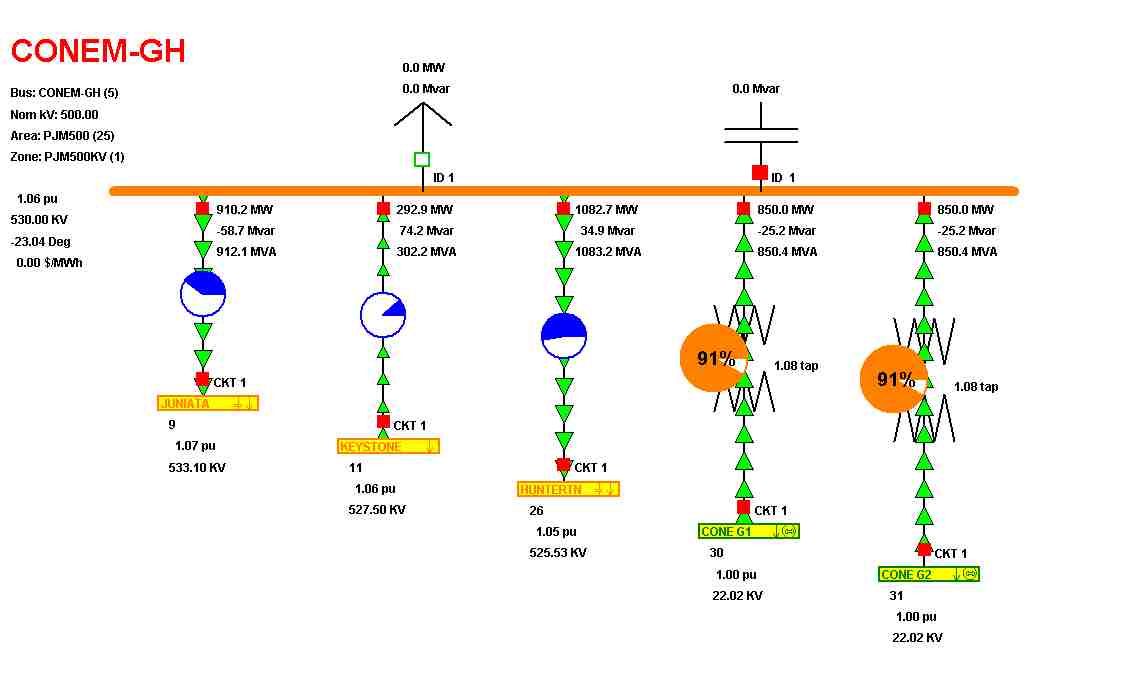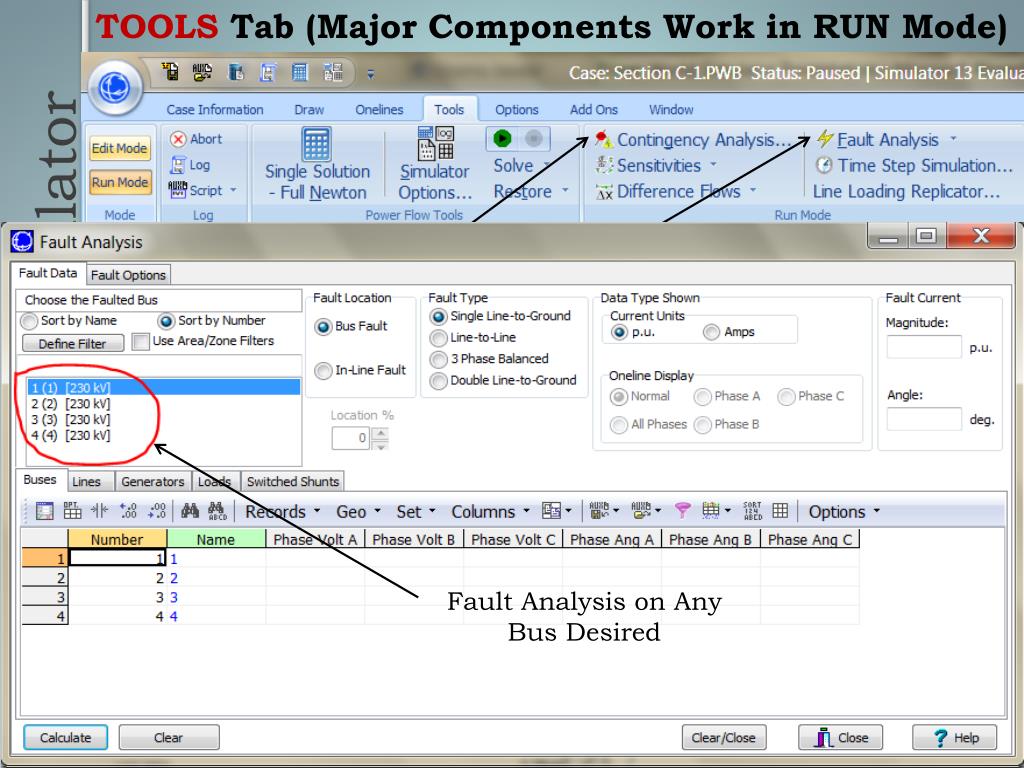

Following this line of research, this project’s objective was to develop a co-simulation platform based on a widely accepted industrial standard called Functional Mockup Interface (FMI). Instead of replicating all models in a common simulation program, a commonly accepted approach to tackle this model diversity is to couple third-party simulators and models through a co-simulation platform that coordinates information exchange among the various components.
#POWER WORLD SIMULATOR FEATURES PDF SOFTWARE#
Although specialized software exists to precisely model different components of the power system, more » it is far from trivial to integrate all various models and perform a holistic simulation. Increased DER integration introduces a number of challenges in power grid operation including a more dynamic interaction between the transmission grid and distribution grids, and increased modeling complexity. The prime recipient is LBNL SolarCity and ChargePoint were partners for the project’s first two years.

The project partners are the Lawrence Berkeley National Lab (LBNL), Lawrence Livermore National Lab (LLNL), PG&E, SolarCity, and ChargePoint.

The CyDER project aimed at developing an open-source, modular and scalable co-simulation platform for power grids with large shares of Distributed Energy Resources (DERs). Finally, the paper not only describes the architecture of the B2G testbed in detail, but also addresses the broad spectrum of B2G resilience research it is capable of supporting based on the smart grid operational hierarchy identified earlier.

In this paper, we articulate the need for research testbeds to model various B2G applications broadly by looking at the end-to-end operational hierarchy of the Smart Grid. Specifically, the B2G testbed combines high-fidelity buildings+grid simulators, industry-grade building automation and Supervisory Control and Data Acquisition (SCADA) systems in an integrated, realistic, and reconfigurable environment capable of supporting attack-impact-detection-mitigation experimentation. The PNNL B2G testbed is currently being developed to address these core research needs. Second, the development and validation of cyber-physical application-specific countermeasures that are complementary to traditional infrastructure cybersecurity mechanisms for enhanced cyber attack detection and mitigation. First, the understanding of how cyber attacks in the B2G space could impact grid reliability more » and to what extent. Though this capability promises significant benefits in terms of operational economics and improved reliability, cybersecurity weaknesses in the supporting infrastructure could be exploited to cause a detrimental effect and this necessitates focused research efforts on two fronts. Such controllers within modern residential and commercial buildings enable grid operators to exercise fine-grained control over energy consumption through several emerging Buildings-to-Grid (B2G) applications. The Smart Grid is characterized by the proliferation of advanced digital controllers at all levels of its operational hierarchy from generation to end consumption. Finally, we briefly discuss some of the potential limitations of our testbed in terms of scalability and flexibility to setup larger test systems and identify directions for future work to address those = , We present two detailed case studies (fault location and clearing in transmission system, and operator training) to showcase the capabilities of our PRIME testbed. PRIME is an end-to-end, modular testbed that allows high-fidelity RHIL experimentation of a power system. In this paper, we introduce PRIME (PNNL cybeR physIcal systeMs tEstbed): the testbed that integrates real-time transmission system simulator with commercial industry grade energy management system (EMS) software and remote hardware-in-the-loop (RHIL). Such testbed environments serve as ideal platforms to perform WAMPAC prototyping, operator training, and also to study the impacts of different types of cyberattack scenarios on the operation of the grid.
#POWER WORLD SIMULATOR FEATURES PDF VERIFICATION#
As the power grid continues to evolve with advanced wide-area monitoring, protection, and control (WAMPAC) algorithms, there is an increasing need for realistic testbed environments with industry-grade software and hardware-in-the-loop (HIL) to perform verification and validation studies.


 0 kommentar(er)
0 kommentar(er)
